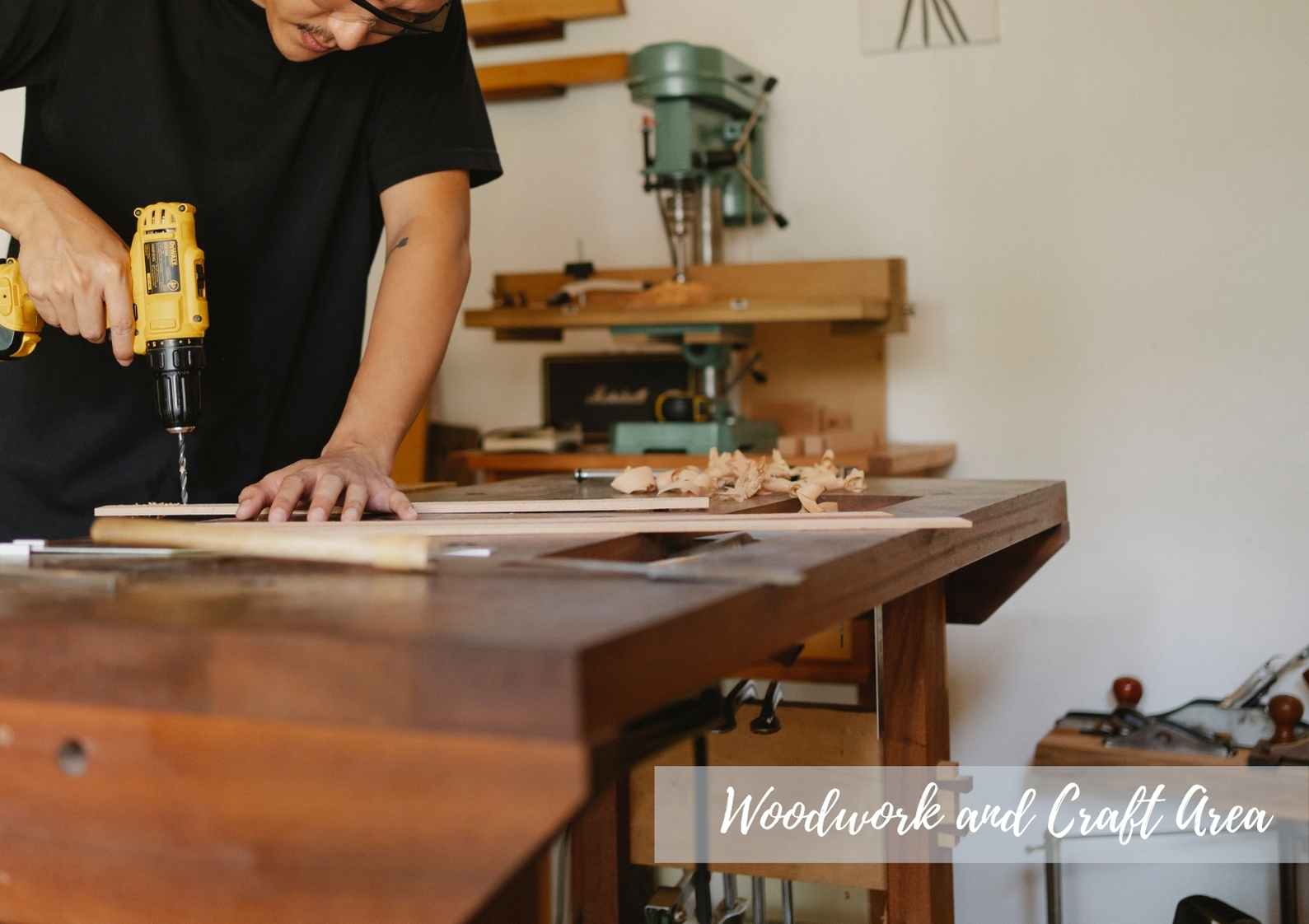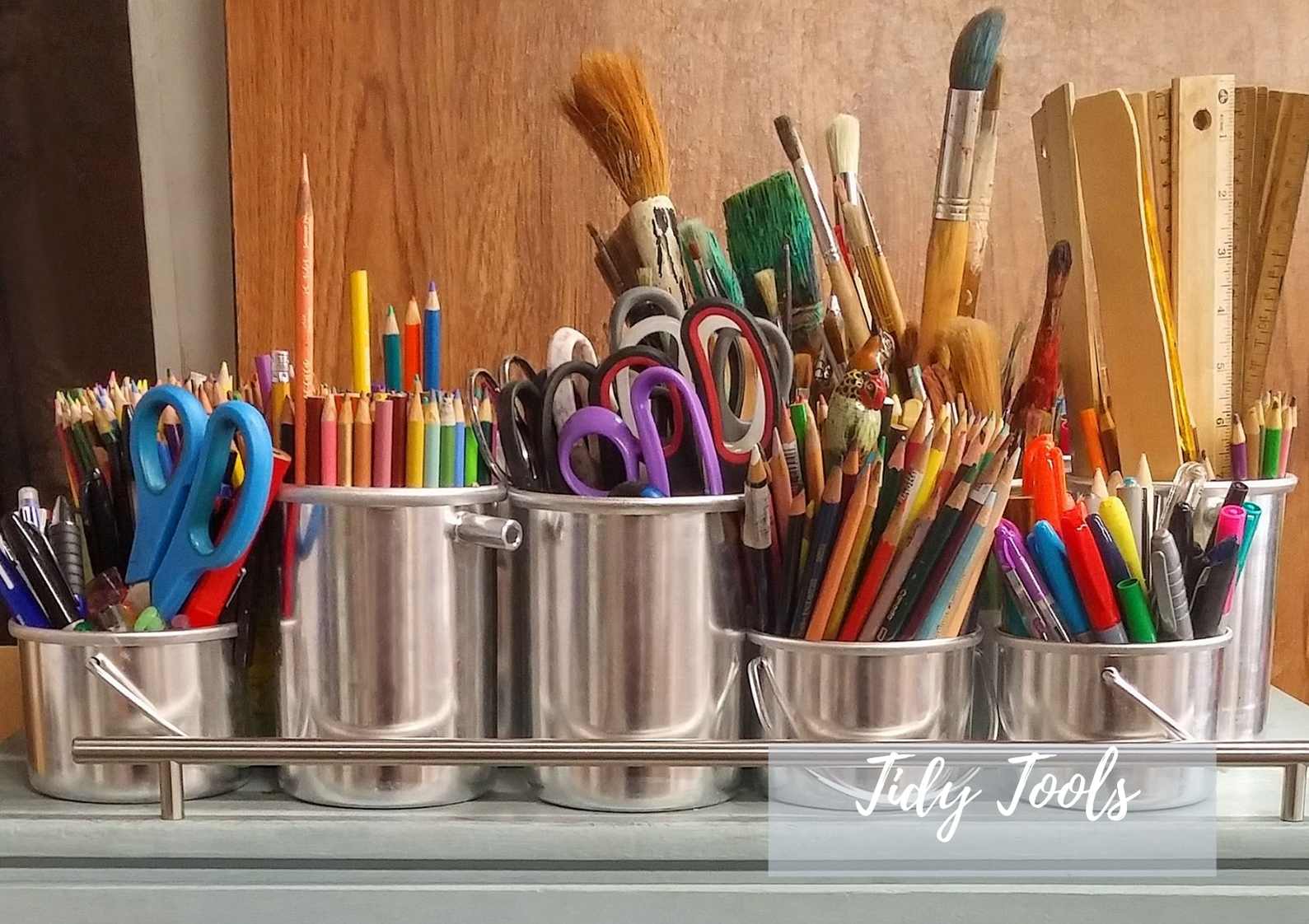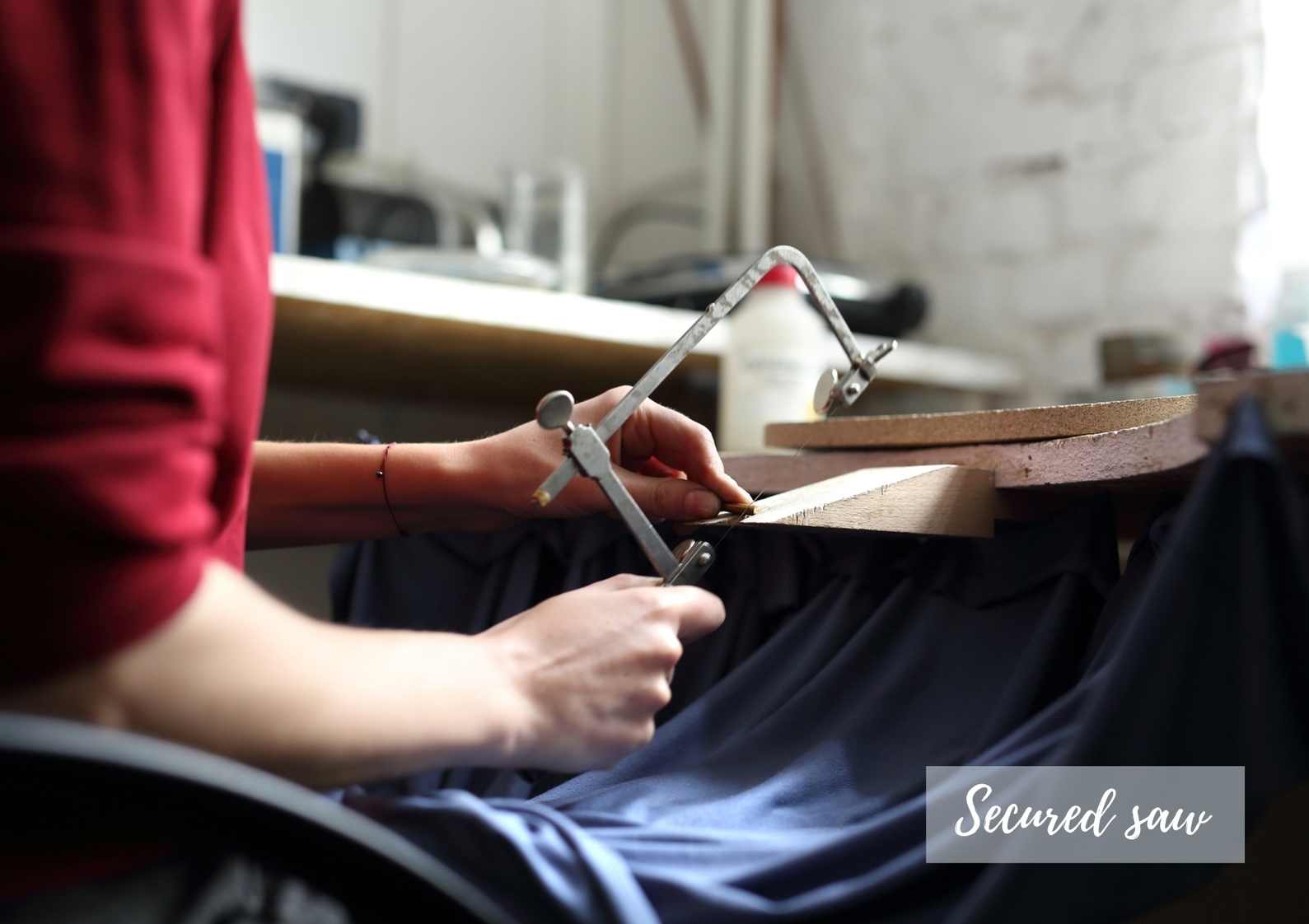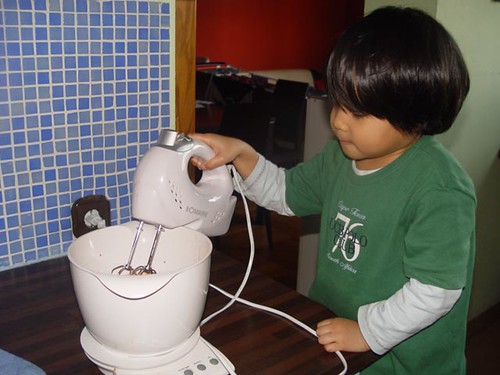
6 Woodshop Safety Tips for a Smooth Project : Kids Mask on when crafting even at home
Most woodworkers use their craft for a bit of artistic escapism. There’s nothing quite like the satisfaction one gets from creating a little bit of expert magic from husks of wood that ol’ Mother Nature gifted us. But that boost of well-being that comes from a successful project in the woodshop is not going to be obtainable — far from it — if a lax attitude in the shop leads to what should be an entirely avoidable injury.
We are here to bang the drum and offer up some woodshop safety basics. And while these tips are geared toward amateurs, who often need to be goaded into opting for high-quality tools and ultra-sharp blades, it might do some good for professionals or veteran woodworkers to get some reminders, too, as it does become easy to avoid certain protocol as experience accrues.
So don your safety goggles and respect the tools, fellow woodworkers, because when you break out anything from the circular saw to your arsenal of coping saw blades, if you don’t bring along a sense of reverence for the tools and the craft, you might be putting yourself in a dangerous spot.
Table of Contents
Be Sure Your Woodworking Tools Are High Quality
There are times to cut costs. Perhaps you’ve found a way to soundproof your woodshop by lining the walls with used yoga mats or some other secondhand sound-reducing substance. But if you think saving a few bucks on woodworking tools is a solid route toward cost savings, you’d be sorely mistaken. And if you aren’t using high-quality tools, you’re almost certainly increasing the likelihood of woodshop mishaps. This can mean your projects won’t turn out looking quite as good, but it can also mean injury.
Anything that could increase the potential for injury — even if the potential only increases by a small margin — is a big-time woodshop no-no. So do yourself a favor and use truly high-quality tools.
Save the Drinks Until the Work Is Done
Lots of hobbyists use their chosen craft as a chance to detach from life’s workday concerns. Pairing the hobby with a beer or a cocktail can certainly help the crafter sink deeper into the Zen of whatever project they are working on. But anytime your hobby involves power tools, you need to be firm on never allowing alcohol to factor into the equation.
That feeling of Zen goes right out the window when a mistake leads to injury. And depending on the severity of your mistake, you may never be able to return to woodworking without an accompanying sense of anxiety. It should go without saying, but when you’re toting anxiety along to an activity that is supposed to serve as a getaway from your daily concerns, you’re basically defeating the purpose.
Always Wear Safety Glasses
No matter the task, as our skill level increases, there’s a common human inclination to begin approaching whatever’s at hand with a little less gravity. It’s easy to forgo pre-workout stretching as you gain familiarity with your exercise regimen, but shirking warm-ups absolutely increases the possibility of an exercise-related injury. The same thing applies to a woodworker who maybe stops wearing safety glasses as she gains facility around the tools she wields in the shop. But all it takes is for one misbegotten instant to send a projectile into your fragile eyes. In a split second, you can do serious harm.

6 Woodshop Safety Tips for a Smooth Project : Wear Safety Glasses
So always be smart and wear proper safety glasses. All it takes is a small amount of precaution to keep your eyes safe in the woodshop.
Keep It Tidy
Clean up debris when your work is done. And don’t overdo it with extension cords. Keep their use to a bare minimum, and neatly stow what you aren’t using. A coil of cords on the floor is an undeniable hazard. They can trip you up and send you stumbling. It doesn’t take much imagination to envision the potential for grim outcomes when you’re stumbling with a power tool in your hands.

6 Woodshop Safety Tips for a Smooth Project : A clean workspace is a safer workspace.
Use Sharp Blades
It can be tempting to force just another cut from your dulling blades. But as blades begin to lose their edge and become less effective, users need to make up for that dulling blade by applying additional force. And even when users need to add just a smidge more oomph, the possibility of miscuts and injury begins to increase. Even a slight risk increase is unacceptable and irresponsible.
So be sure to sharpen your blades or switch to new ones altogether at the very first indication that the blade is becoming less sharp. If you find yourself throwing a little more muscle into that work with your pull saw or whatever blade you’re using, take action now to head off injury. As the Family Handyman warns, dull blades are “more prone to kickback and tearout.” So don’t risk additional cuts from dull blades.

6 Woodshop Safety Tips for a Smooth Project : Sharp and Secured
Make Sure People Can’t Barge In
The last thing you want when you’re making a cut is to have an unexpected visitor bopping in on you. So when you’re in the shop, make clear to potential guests — whether we are talking about housemates or friends/neighbors popping by — that you aren’t to be disturbed, especially when you’re going at it with a power tool. You also don’t want pets underfoot — for their safety and yours — so take proper precaution in that regard, as well.
But keep this in mind, too: Sudden distractions can indeed up the risk for woodshop injury, but if something indeed goes awry and you need assistance, you’ll want those nearby to be able to come to your aid. So don’t simply go locking yourself away in your woodshop, barring all entry, because you might in fact need someone at some point. Sure, taking necessary measures on the front end makes this distinctly unlikely, but when you’re operating power tools, you can’t entirely eliminate the potential for mishaps.
 Pin This! (6 Woodshop Safety Tips for a Smooth Project) |
 Pin This! (6 Woodshop Safety Tips for a Smooth Project) |





You have some great tips here. My husband does stuff like this so I will show him the post so he’ll stay safe!
Thanks for sharing these tips. This post is really informative.
The safety glasses are so important. That wood can give off small specks that can damage your eyes.
These are some great tips for when you are in the woodshop. Safety glasses are a must whether it is your kids or yourself. Your safety tips were worth the read. Thank you.